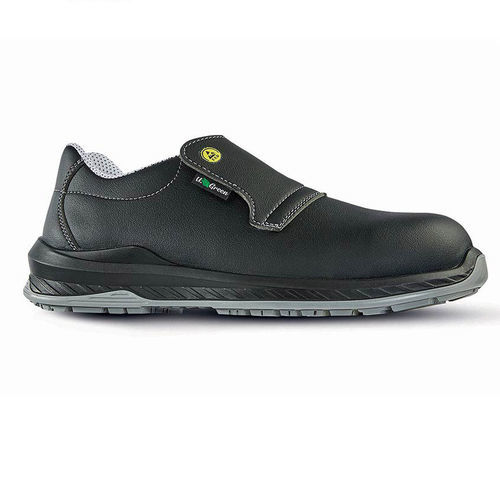Burn is a style of safety shoe in standard protection S2 SRC ESD.
Safety shoes with recycled material and from renewable sources which guarantee zero CO2 emissions, responding to the demand for eco-sustainability and respect for the environment.
Green safety shoes, totally “Metal Free", featuring the ultra-lightweight AirToe Composite toe cap protecting the toes.
Burn is a model of eco-friendly, low-top, comfortable shoes, ideal for the chemical industry.
Carbon Neutral safety shoes with New Safety Dry, water-repellent and breathable upper with a high percentage of recycled material.
Anatomic, antibacterial, anti-static and self-modelling WOW2 Green footbed in PU by BASF, obtained from 100% renewable sources which ensures a pleasant sensation of well-being and prolonged comfort.
Wingtex® Green lining with breathable air tunnel made from 66% recycled material.
Scuff resistant, oil resistant, anti-slip and anti-static PU sole by BASF obtained from 100% renewable sources.

